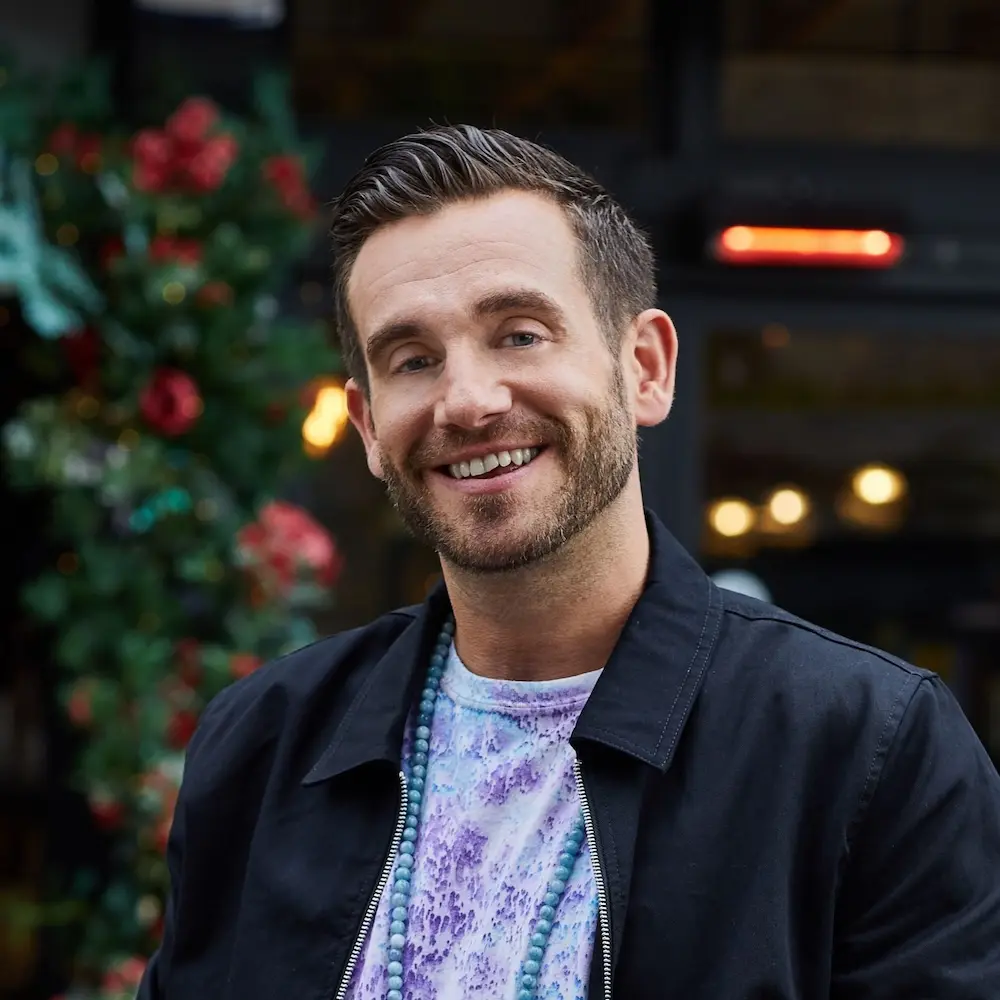Tom Holland is everywhere nowadays—and deservedly so. With the massively huge success of “Spider-Man: No Way Home” (amassing $1.69 billion and counting), the name “Tom Holland” is now synonymous with superstardom.
But there’s a web of stress and anxiety that goes hand-in-hand with all the glitz and glamor. (With great power comes great responsibility, after all.) That kind of trauma can seriously cause nighttime afflictions for anyone—even a superhero.
In an interview with GQ, Tom explains that he’s got a trick for dealing with it—lucid dreaming.
That’s right. Your friendly neighborhood Spider-Man uses lucid dreaming (or cognitive dreaming, as Tom refers to it). Jon Watts, director of the more recent Spider-Man movies, turned Tom on to it.
And it’s shown to be a useful practice to help him with his nightmares, sleepwalking, sleep undressing, and even sleep paralysis.
Tom Holland’s experience with sleep paralysis
In the GQ interview, Tom describes his experience with sleep paralysis—his bedroom is filled with paparazzi, incessantly clicking away and filling the room with bursts of white flashes. And where’s Tom in all this madness? He’s panicking… and frozen.
Sleep paralysis is a type of parasomnia—abnormal behaviors during sleep. And according to lucid dreaming teacher Charlie Morley, parasomnias can also include nightmares, sleepwalking, and, in Tom’s case, sleep undressing.
How does lucid dreaming fit into all this?
“Often, people who have [parasomnias] naturally gravitate towards lucid dreaming as a self-defense mechanism,” explains Charlie, adding that it’s a way to free themselves from the nighttime afflictions.
Charlie himself has taught lucid dreaming to hundreds of people suffering from PTSD, from war veterans to child abuse victims. And in a recent study that he’s part of looks at the effects of lucid dreaming on those with PTSD. The results show the incredible power this practice has in healing pain and illness as well as overcoming fears and emotional trauma.
And when people allow themselves to be immersed in lucidity during their sleep, it helps transform the stress and trauma that cause parasomnias into deep and restorative sleep.
Doing reality checks
Now here’s the tricky thing about lucid dreaming: the line between reality and dream can be blurred. It’s much like in the movie Inception where Mal Cobb still believed she was dreaming and committed suicide in an attempt to “wake up.” That’s why reality checks are incredibly important.
“If you’re in a dream and you read something, say, a stop sign, and you turn around, when you look back at the stop sign, it will have changed,” says Tom in the GQ interview.
He suggests setting an alarm for every hour of the day. And when it goes off, read something nearby, like the title of a book or words on a bag of snacks. Then, turn away and look back to see if it has changed or not. If it did, it’s a dream. If it didn’t, it’s reality.
“What happens is when you do it for a long time, you start to do that in your sleep,” Tom continues. “Sometimes, if I’m having a really bad dream, I’ll look at a sign and go, ‘Oh, I’m dreaming.’ And then you have free rein to do whatever you want.”
Charlie points out the reality checks Tom mentions are “exactly the reality checks that we teach in the Mindvalley course.” That course is aptly called Experience Lucid Dreaming.
Influencing dreams
Sure, Tom influences his dreams for psychological benefits—reducing the suffering of nightmares, becoming lucid in his nightmares, in his sleep paralysis, and being able to know that it’s just a dream and then, change it.
But it’s not always about trauma and darkness; lucid dreaming can be used for fun, too.
“The last time it happened to me, I was flying around the Golden Gate Bridge,” says Tom to GQ. “It was awesome.”
Lucid dreaming is about optimizing every minute of life, according to Charlie. He adds, “Tom Holland goes from movie set to movie set with hardly any free time, so he’s really maximizing every moment in his life through the power of lucid dreaming.”
And in Mindvalley’s Experience Lucid Dreaming Quest, Charlie helps students do just that—guiding them to influence their dreams by using “The 3 D’s”: dream recall, dream journal, and dream signs.
Dare to (lucid) dream
Sleep is such an integral part of our health. So much so a 2021 study found that one night of less than six hours of sleep “significantly hurts mental and physical well-being.”
And when nighttime afflictions like sleep paralysis are thrown into the mix… Well, it may feel a little like “you’re flying out of the darkness to fight ghosts.”
There are so many benefits to lucid dreaming; understanding parasomnias is just one of them. So if you’re curious as to how you can use your dreams to influence your real life, like Tom Holland did, Mindvalley has what you’re looking for.
As a Member, you’ll have full access to quests, like Experiencing Lucid Dreaming, as well as being front and center in interviews with Charlie and other great transformational growth teachers.
—
Featured Image: @tomholland2013 / Instagram








